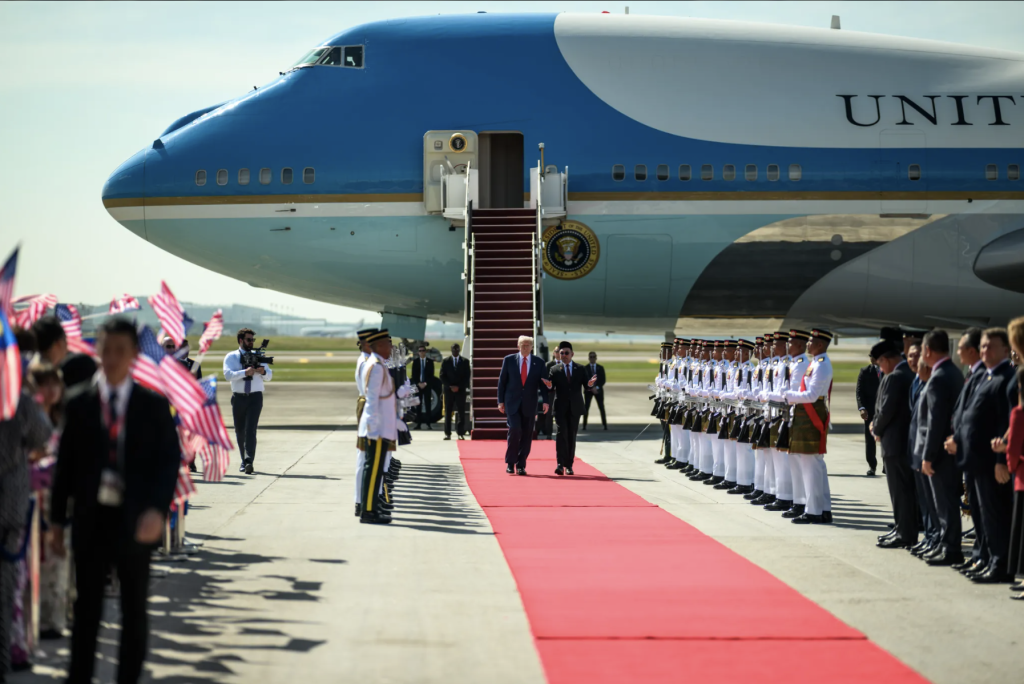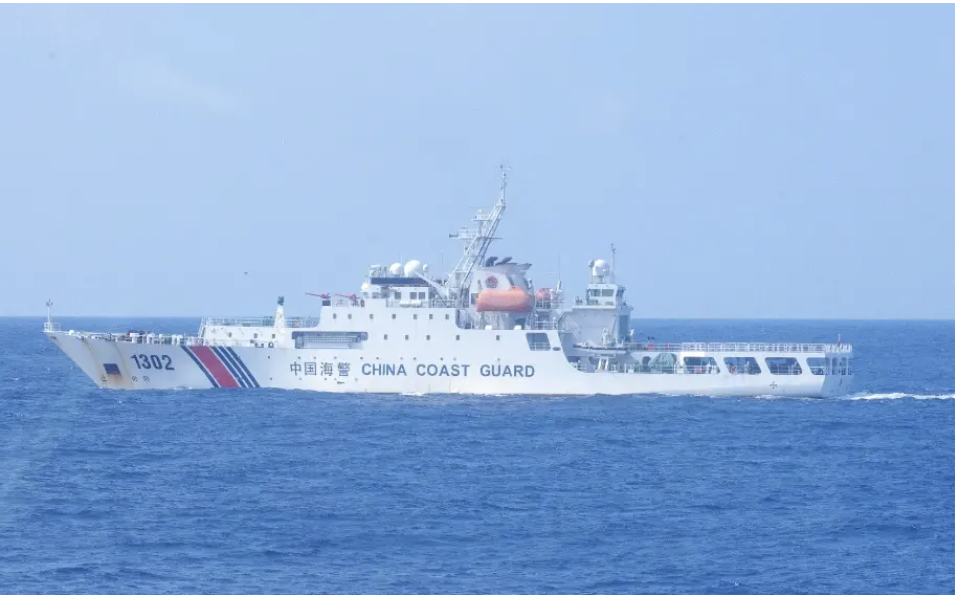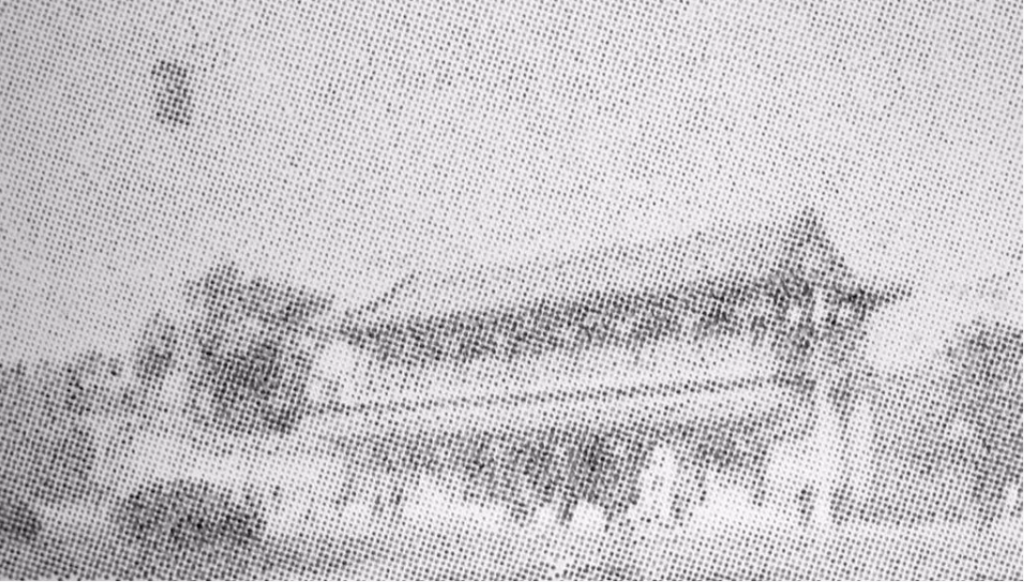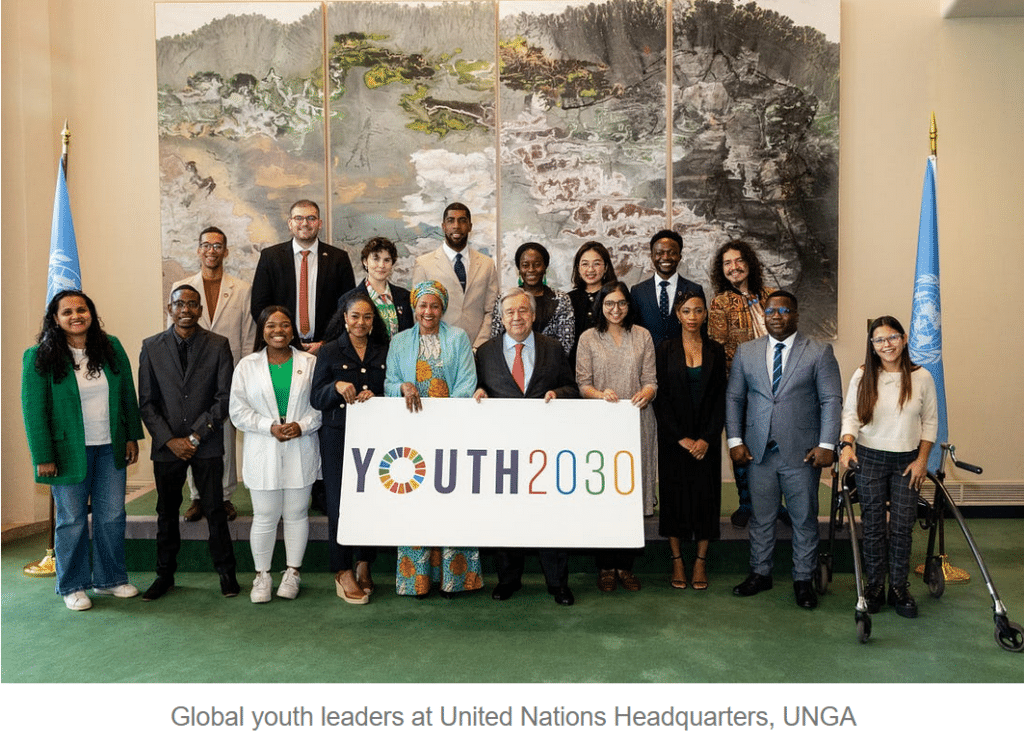Tang Shiping: The Russo-Ukrainian War—A Half Year Evaluation
- Analysis
 USCNPM Staff
USCNPM Staff- 08/24/2022
- 0
The following translation is a candid assessment of the war in Ukraine by Professor Tang Shiping. Professor Tang is a distinguished professor and the Dr. Seaker Chan Chair Professor in the School of International Relations and Public Affairs (SIRPA) at Fudan University. He has served on the editorial boards of leading political science journals, including International Security, International Studies Quarterly, and Security Studies. Professor Tang is also the Cheung Kong Distinguished Professor in the Chinese Ministry of Education.
A reposted version of Tang’s Chinese-language commentary can be found here.
Current Situation Assessment
It has been six months since Russia launched its “special military operation” against Ukraine on February 24, 2022.
Like almost all analysts, at the beginning of the war I thought that Russia would be able to win quickly, within 1-2 months at least or 3-4 months at most. As a result, the Russian forces were a major disappointment in the first phase of the war, appearing ill-prepared in terms of intelligence, logistics, strategy, and tactics.
In contrast, the Ukrainian military, despite being a clear underdog in both air and space power and fire power, demonstrated flexible tactics, better intelligence coordination, and mastery of the tactics of information warfare. The Ukrainian military has not only held off the Russian blitzkrieg, but also inflicted heavy losses on the Russian Army (although the cost to the Ukrainian military is certainly not insignificant either).
In fact, from April 8, 2022, the Russian military had to adjust its strategic deployment and tactics, completely abandoning the Kiev campaign and basically the Kharkiv campaign (to this day, there is no ‘Russian counter-offensive against Kharkiv’ as some would like to see happen), and presumably has abandoned the goal of capturing Odessa. Instead, it has concentrated its forces and weapons on the Donbas region (Donetsk, Luhansk) in an attempt to achieve the lowest tactical goal. In the second phase, which began on April 8, 2022, the Russians did fully occupy Luhansk, as well as most of Donetsk, but at a considerable cost. The stubborn resistance of Ukrainian forces in the Donbas region likewise came at a considerable cost. In particular, because of the lack of heavy weapons and long-range firepower, the Ukrainian army had to delay the advance of the Russian forces as much as possible, thus trading space for time as it gradually received more assistance from NATO (especially the United States and Britain) in the form of heavy weapons, which has led to a certain increase in the level of equipment of the Ukrainian military. Of course, because Ukraine does not have a complete defense industry, the Ukrainian military must rely on continuing supply of heavy weapons from NATO in order to persevere.
More aid from NATO (especially from the United States and the United Kingdom) in the form of heavy weapons began to arrive in Ukraine in early June 2022. At first, there was little impact on the battlefield until July because the volume was so small and because it took time to train Ukrainian soldiers. However, starting in mid-July, NATO’s heavy weapons began to be deployed to the front lines, so they gradually had some effect on the battlefield.
In contrast, as the Russian army has lost a lot of heavy weapons in the first phase, the Russian army became a bit ‘stretched’ in terms of equipment supply, and even had to use its T-62 tanks in stock. Therefore, in terms of equipment posture, the two sides entered a turning point in July: the Ukrainian military’s strength is increasing, while the Russian Army’s strength is decreasing. However, it will not be easy for the Ukrainian military to conduct a major counter-offensive.
Future Situation Assessment
As I said earlier, most of analysts believed that the Russians would be able to win quickly at the beginning of the war (everyone must have been certain that the Ukrainians could not win quickly). However, once the Russians failed to win quickly, the war entered a state of attrition. For Russia, that leaves only three outcomes: slow victory, slow defeat, and a draw (as well as a stalemate in which neither side can gain an overwhelming advantage).
And after combining multiple assessments, I posted a Weibo commentary on May 16, 2022.
“After waiting a few days and based on information from multiple sources against each other, it is now basically certain that the Russian forces have been defeated on the Kharkiv front. At this point, the Russian attack on the northeastern-most part of the Ukrainian front (with Kharkiv as the fulcrum) is basically over. This will have important implications for the entire Russian front in eastern Ukraine. Of course, it is also unrealistic to think that the Ukrainian military can win quickly. But even across the board, the Russian forces are already showing signs of defeat”.
And with the forces on both sides waxing and waning after that, I have no reason to overturn my previous judgment – “Even in the overall picture, the Russian army are showing signs of defeat’.
However, to judge the overall dynamics of the war, we can’t just look at the current battlefield dynamics, because war is indeed “an extension of politics’.
From a purely battlefield perspective, the chances of a Russian victory (slow victory) are certainly already less than half, perhaps even less than a third (this is of course not a real calculation, but only a judgment). Therefore, there are only two endings left: a (Russian) slow defeat; a draw (along with the war entering a stalemate, where neither side can gain an overwhelming advantage).
In my opinion, the overall posture of the war depends mainly on four factors.
1. Whether winter will “save” Russia again. Historically, winter has decisively and directly “saved” Russia twice. But both times Russia was on the defensive, while Napoleon and Hitler were on the offensive. Now, if winter can “save” Russia, it can only be indirect: the onset of winter (in less than 2 months) will make the dependence of Western European countries on Russian oil and gas very problematic, and if Western European countries (especially France, Germany and Italy) do not resist the pressure to significantly reduce their reduce or even stop military assistance to Ukraine, it will certainly be to Russia’s advantage. However, even so, the situation for Russia is not particularly optimistic:
a) According to incomplete statistics, since the beginning of the war, four countries—the United States, Great Britain, France, and Germany—have provided Ukraine with about $14.5 billion in military aid (military aid only). There is no doubt that Ukrainian President Zelenskyy has managed to win the support of a large number of Western countries, and this moral binding makes it unlikely that the core Western countries will simply cut off military aid to Ukraine.
b) In particular, the US and the UK provide about two-thirds of total military aid to Ukraine according to current data, with the US alone providing half of it ($7.75 billion), followed by the UK ($2.7 billion). Thus, even if France and Germany (whose support to Ukraine is certainly ‘obligatory’ or ‘half-hearted’) significantly reduce or even stop their military assistance to Ukraine, it should be able to continue to hold out, but it will certainly have a significant impact on Ukraine’s counter-offensive plans.
2. Air and space power superiority. At the outset of the war, the vast majority of analysts believed that Russia would be able to quickly gain complete or at least absolute air and space superiority, yet Russia has failed to do so. Although Russia may still have a chance, the probability that Russia will be able to achieve complete, or at least absolute, air and space superiority also seems unlikely.
3. Russia’s economic dilemma. Contrary to the views of many analysts, I have never believed that Russia is headed for a rapid economic collapse. I believe that Russia’s economic woes in the face of comprehensive Western economic sanctions will take effect in at least 6-12 months. Russia anticipated this and made considerable preparations for sanctions from the U.S. and the West before the war. And, with many non-Western countries not imposing sanctions, Russia’s economy still has some room to maneuver and maintain resilience. However, after the comprehensive economic sanctions continue for 6-12 months, Russia’s economy will face more and more difficulties, and the impact of such difficulties on the Russian population will gradually manifest itself.
4. Public opinion and determination on both sides of the war. At present, it seems that neither Russia nor Ukraine has any intention to negotiate a truce, and both sides are continuing to try to gain local advantages on the battlefield. However, as the war continues, public opinion on both sides will undergo a series of changes, especially if casualties continue to expand and as people’s daily lives become more difficult.
In terms of the four core factors above, only one, or at most one and a half, is in Russia’s favor. And for Ukraine, the favorable factor is also at most one and a half. Thus, after integrating these political factors, the war is still undecided. However, Russia is certainly under more pressure: as the attacking side, failure to achieve its initial strategic goals can be considered a failure. Ukraine, on the other hand, as the defender, cannot be considered a failure as long as it can resist the attack and achieve some counteroffensive results.
Timeline
I believe that the war will continue until at least August next year, given that neither side has any intention of negotiating a ceasefire and both continue to try to gain local advantages on the battlefield. In other words, the cycle of war could last a year and a half (18 months). Before winter arrives, both sides will probably try to make more advance on the battlefield. And after winter arrives, both sides may take a temporary halt for a few months because of the weather factor (which of course depends on what the winter in Europe will be like this year), and they will resume fighting in March. At that time, the two sides should be in a clearer position to fight on the battlefield. On one hand, Russia may pass the winter and force certain countries in Western Europe to stop, or at least drastically reduce aid, to Ukraine. On the other hand, Ukraine may continue to acquire more heavy weapons and long-range firepower through the winter, thus further increasing its combat capabilities. If neither side achieve a decisive advantage by next August or so, there may be a stronger willingness to negotiate. But if the two sides are not willing to talk by then, the war could last another cycle, i.e., another year and a half, until February 2025, after the U.S. presidential elections.
And if I had to “bet” on it, I think there is a very good chance that the war will last until after the U.S. elections. It’s going to be a long winter.
Implications and thoughts for China
I am definitely opposed to Russia sending troops to Ukraine. Not only is this a moral issue, but I also believe that Russia has ‘more to lose than to gain’ by doing so. In particular, my judgment is not based on my opposition to maintaining good Russo-Chinese relations. In fact, I clearly argued in 1999-2000 that maintaining a good Russo-Chinese relationship (with bottom lines, of course) is necessary for China.
I previously stated that there are four possible outcomes for Russia (and only four, because Russia is unlikely to ‘lose quickly’). The possible implications for China are (and I will not expound upon the reasoning behind this).
1. A quick victory is probably in China’s best interest.
2. A slow victory would be okay for China.
3. A slow loss is worst for China.
4. A draw is not very favorable for China either, but it could be an opportunity for China if we can participate in the post-war negotiations and make some contribution to the post-war reconstruction of Ukraine.
In any case, the impact of the Russo-Ukrainian war on the international order will be far-reaching and long-lasting. China will have to make a serious evaluation of the situation. In 10 years, when we look back, 2022 could be considered a very critical year in China’s quest for modernization.







